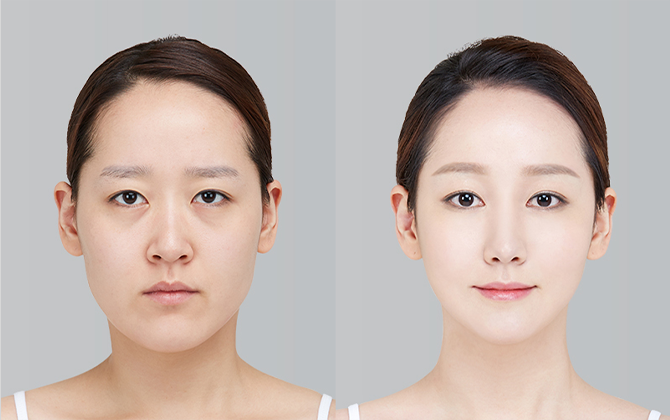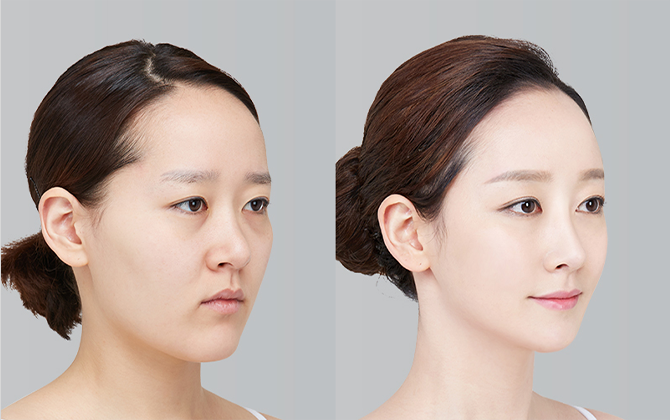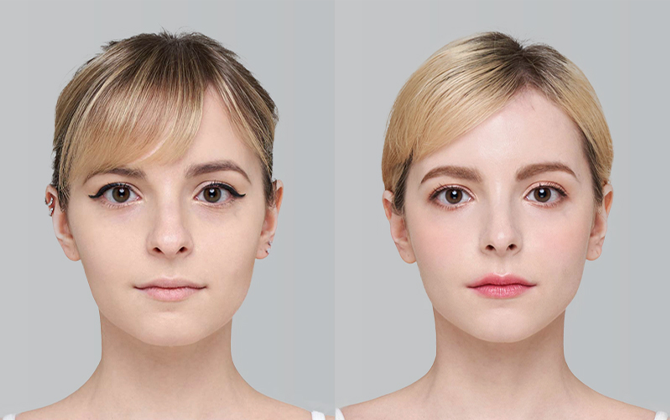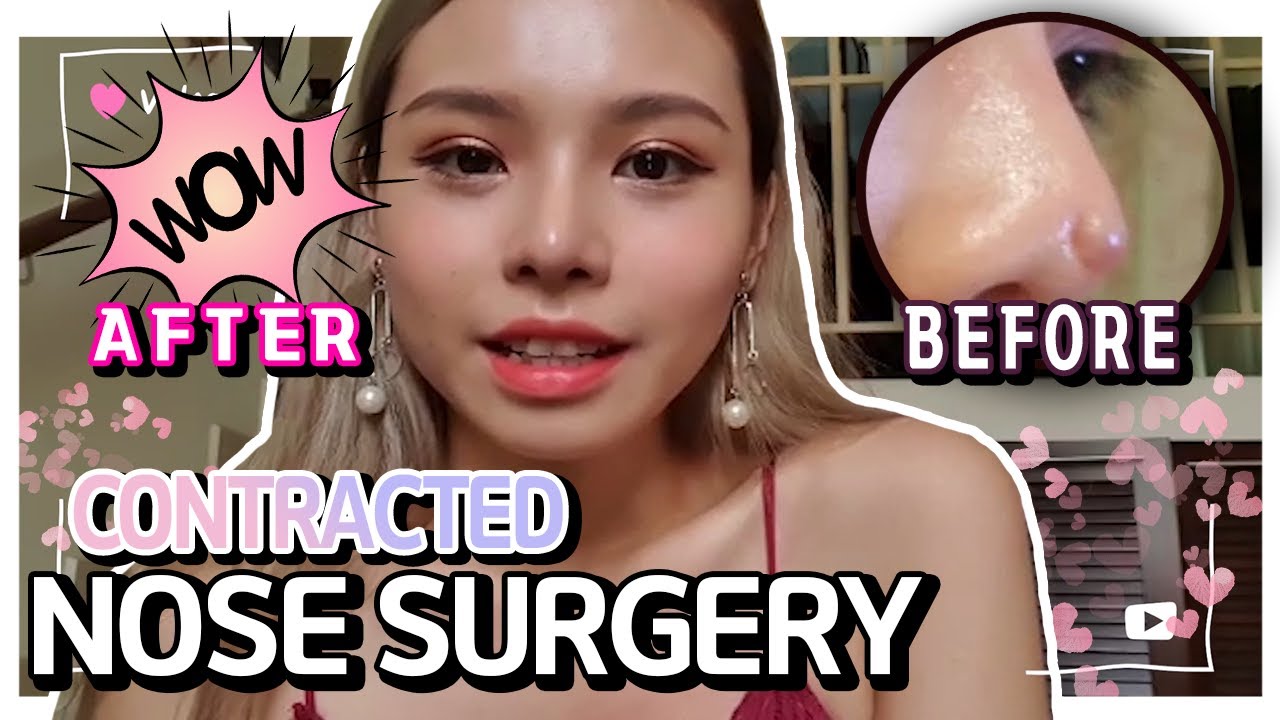What is Rhinoplasty?
It refers to the use of plastic surgery to achieve a harmonious and balanced nose bridge line between the tip and the bridge of the nose. Rhinoplasty procedures include 3D CT rhinoplasty, no-implant rhinoplasty, septoplasty, deviated nose surgery, hump removal surgery, revision rhinoplasty, and male rhinoplasty. To improve the three-dimensional shape or ratio of the face, procedures like facial lifting, paranasal implant transplantation, facial contouring surgery, and facial fat grafting may be combined with rhinoplasty. Depending on each individual’s facial condition, these procedures may be advised together.
Summary of Revision Rhinoplasty
-

Operation time
2 hours
-

Admission
No admission
-

No. of visits
2–3 visits
-

Anesthesia
IV sedation + Local anesthesia
-

Suture removal
POD #5
-

Recovery time (period of stay)
5~7 days
What is a Revision Rhinoplasty?
Revision rhinoplasty applies to any patient who has previously undergone rhinoplasty and desires further improvement in the appearance and the functional components of the nose. Revision rhinoplasty is more difficult than the first rhinoplasty because there may be many complex issues caused by the first rhinoplasty that must be addressed. This requires a surgeon with the training and expertise to effectively address any potential unexpected abnormalities. In addition, it is necessary to closely examine whether systematic surgery can be performed using precise surgical expertise that can simultaneously analyze aesthetic and functional components.
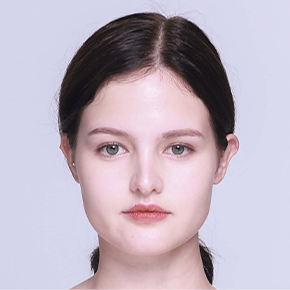
Before

After
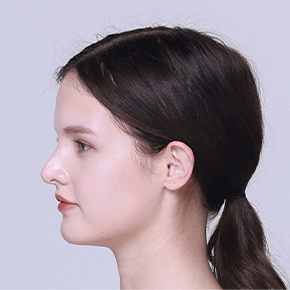
Before
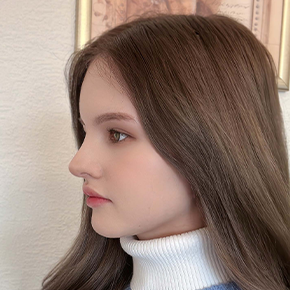
After
The most important aspect of revision rhinoplasty is to remove the capsule from the previous surgery without damaging it.
The capsule is a thin film that surrounds the implant after it has been inserted into the body. Inflammation or a foreign body reaction can produce a thick, irregularly shaped capsule.To prepare the nose for revision surgery, the capsule and implant must be removed together without causing any damage. As a result, the skin condition of the patient is identified, the implant and capsule are appropriately removed, and a new implant with a custom-carved shape is put under the periosteum of the nasal bone to elevate the bridge of the nose.Additionally, Braun's revision rhinoplasty aims to improve the nose's overall support and functionality by using durable materials for the tip of the nose, such as donor rib cartilage or the patient's own rib cartilage.
Candidates for Revision Rhinoplasty
Revision rhinoplasty applies to any patient who has previously undergone rhinoplasty and desires further improvement in the appearance and the functional components of the nose. A revision rhinoplasty is more difficult than the first rhinoplasty because there may be many complex issues caused by the first rhinoplasty that must be addressed. This requires a surgeon with the training and expertise to effectively address any potential unexpected abnormalities. In addition, it is necessary to closely examine whether systematic surgery can be performed using precise surgical expertise that can simultaneously analyze aesthetic and functional components.
-
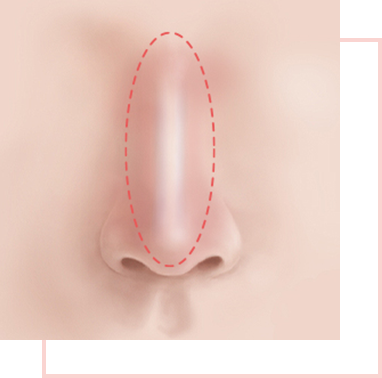
1.Visible implant
The height of the implant can be lowered or replaced with a thinner implant after determining its degree and position. The dermis or fascia can be used to cover the implant and reduce its visibility if the skin is too thin and transparent.
-
2.Crooked nose bridge
Prior to revision rhinoplasty, the old implant is completely removed. The new, personalized implant is then reinserted after assessing the asymmetry of the skull and skin tissue. If the problem is a septal problem rather than an implant problem, it is performed in conjunction with corrective surgery, such as a deviated septum procedure.
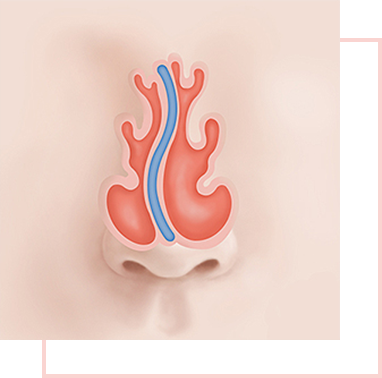
-
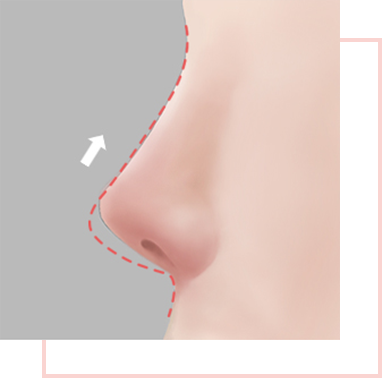
3.Contracture or inflammation
- Antibiotics can be used to treat local inflammation, but in the case of implant-related inflammation, the implant is removed as soon as possible and revision surgery is performed using autologous tissue.
-
4.Height of the nose bridge (too high or too low)
If the nose bridge is too high or low after surgery, or if the tip is drooping and unsatisfactory, the correct ratio of the face is checked again based on the individual's request. After that it is replaced with an appropriate material and corrected once more.
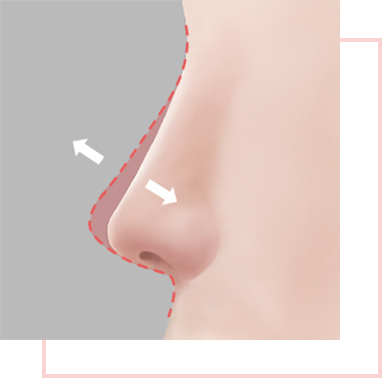
Recovery Process
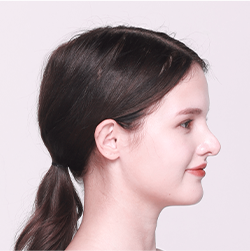
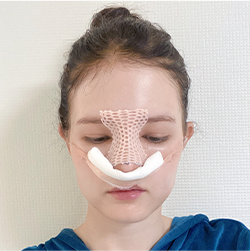
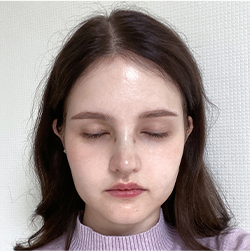



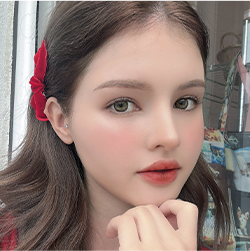
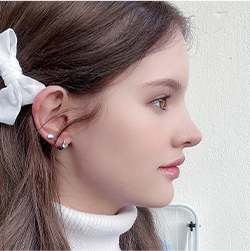
This is How Revision Rhinoplasty Works at Braun!
Braun uses 3D-CT scans prior to revision surgery to accurately identify and analyze the cause of failure, and then performs appropriate surgery based on the subdivided type. We make every effort to find solutions to various issues using the expertise of specialists in order to make sure thiswould be the last revision surgery the patients will ever require.
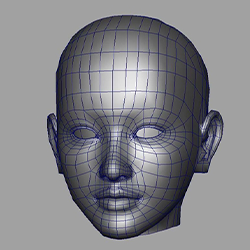
3D-CT scan precision diagnosis

Establish a systematic surgical plan
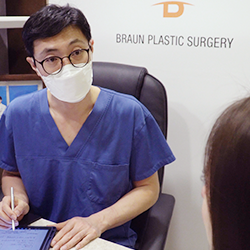
Design the shape and angle of a nose that perfectly fits the patients face.
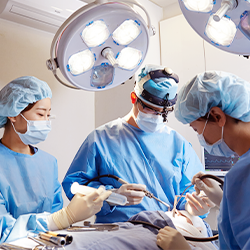
Reduce the risk of complications from revision surgery.
Ideal Candidates for Rhinoplasty
-
 If the nose bridge is crooked.
If the nose bridge is crooked.
-
 If the implant moves.
If the implant moves.
-
 If the bridge of the nose is too high or too low.
If the bridge of the nose is too high or too low.
-
 If the implant is visible through the skin.
If the implant is visible through the skin.
-
 If implants have caused the tip to deform.
If implants have caused the tip to deform.
BEFORE & AFTER PHOTOS
FAQ
Like every surgery, scarring is inevitable with revision surgeries. Depending on the scarring from the previous surgery, there might be complications with improving the scar. The visible scars may be red for about a month, but it will be nearly invisible after 2-3 months. In order to prevent any prominent scarring, BRAUN provides after care treatments, and medications for each patient.
-The old silicone is removed and replaced to relieve the contracture. If a long silicone implant was inserted without considering the skin type, the skin is thoroughly examined and replaced with silicone that fits the nose. Because capsular contracture is caused by an inflammatory response to the artificial implant, the implant is removed to relieve the contracture, and then revision surgery with autologous tissue transplantation is performed.
-Normally, the recovery process goes smoothly. However, the likelihood of contracture increases when complications arise or when the recovery process does not go as planned. It is somewhat true that the risk rises as the surgery is repeated, but it is difficult to provide an exact answer because it depends on each patient's physical condition, recovery process, and lifestyle.
-If the nose appears to be bent or infected after surgery and the implant needs to be removed, revision surgery should be performed as soon as possible, but if it is not urgent, it is generally recommended to wait more than six months for the surgical site to heal.
-Because every patient is different, it is impossible to determine how many times it could be done. However, as the number of revision surgeries increases, the tissue may become strained, increasing the risk of contracture and inflammation. Therefore, it is possible to proceed with surgery depending on the current state of the skin or the nose, but if not, it is advised to carefully consider your options after receiving an accurate diagnosis and consulting a specialist.
-If there are no issues after surgery where implants were inserted, there is no need for a revision surgery. The silicone implant that is currently most frequently used for rhinoplasty is a type of material that won’t degrade over time. While the implant itself does not change over time, the patient's body does, so it is recommended to check on the implant frequently and seek immediate medical attention if a problem arises.
Publication in World-Renowned Plastic Surgery Journal
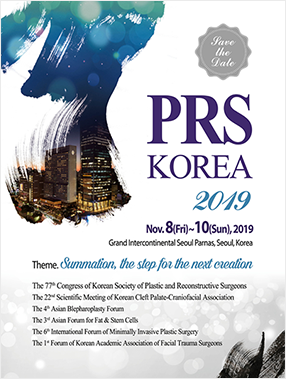
2019 PRS KOREA
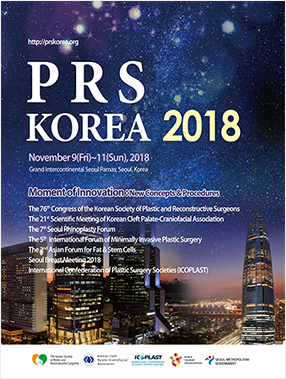
2018 PRS KOREA
-
2019 PRS KOREA - Korean Plastic Surgery International Conference
Presentation by Chief Dr. Lee Ji-Won on the subject of "The indication of MACS lift after facial bone contouring surgery."
-
2019 PRS KOREA - Korean Plastic Surgery International Conference
Presentation by Chief Dr. Ryu Dong-Wan on the subject of "Cheek drooping in the reduction malarplasty."
-
2018 PRS KOREA - Korean Plastic Surgery International Conference
Presentation by Chief Dr. Lee Ji-Won on the subject of "Combined MACS lift with facial bone contouring surgery in case of submalar hollow and sagging skin."
REGISTERED TRADEMARK IN EACH SURGICAL PROCEDUR
Braun applied for a trademark for their own surgical methods, such as rhinoplasty, eye surgery, anti-aging, and breast augmentation. Braun is unrivaled in terms of core competitiveness.
-
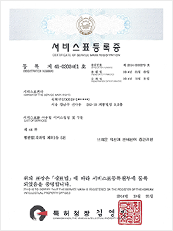
Braun Ski Slope Nose Surgery
-
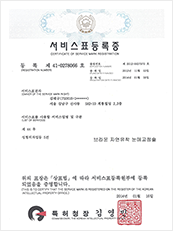
Braun Natural Adhesion Double Eyelid Surgery
-
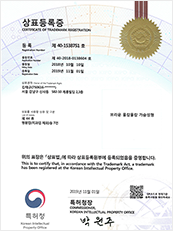
Braun Soft Breast Augmentation
-
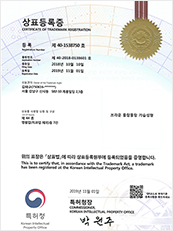
Braun Soft Breast Augmentation
-
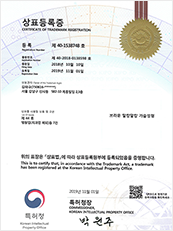
Braun Soft Breast Augmentation
-
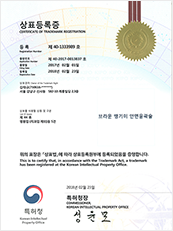
Braun Lifting facial Contouring Surgery
-
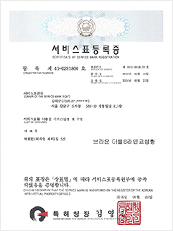
Braun Ski Slope Nose Surgery
-
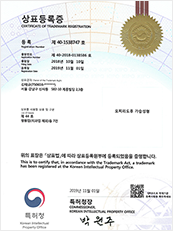
Mochiri Tofu Breast Augmentation





